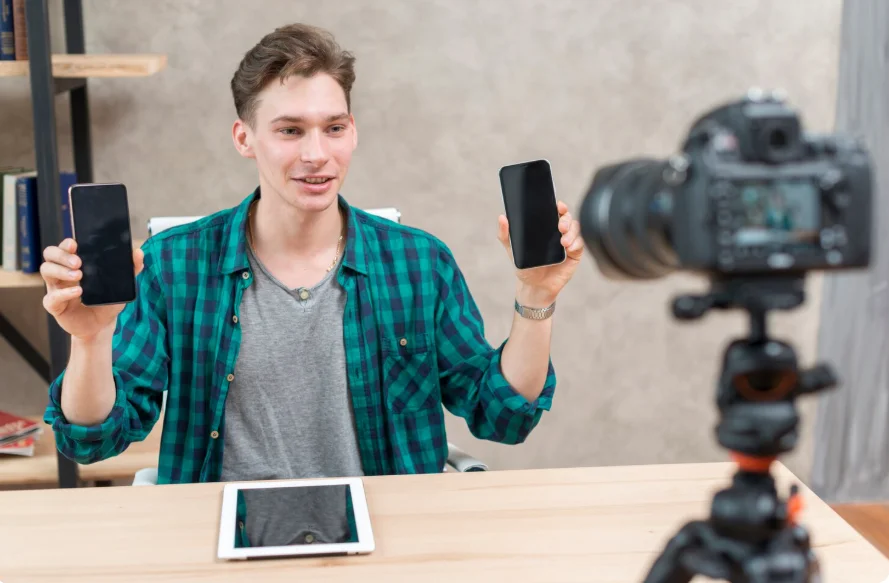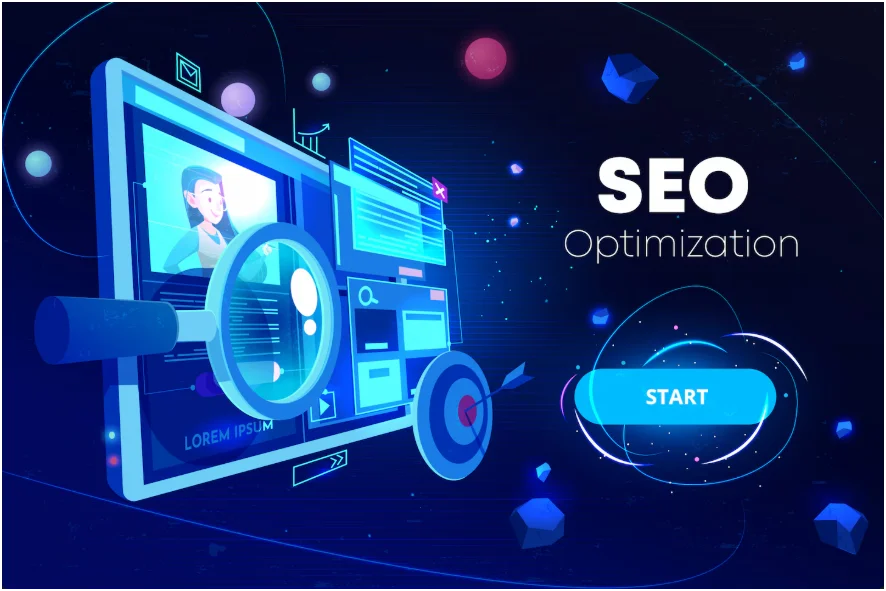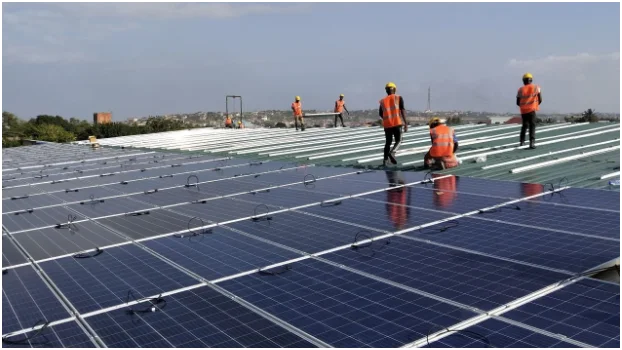
As the world of content creation continues to expand, one of the most common debates among vloggers is whether a VLOGカメラ or a smartphone is the better tool for creating high-quality vlogs. With smartphones becoming increasingly advanced, it’s easy to assume that they’re sufficient for all types of video content. However, dedicated vlogging cameras offer unique advantages that might make them a better option, depending on your needs. In this article, we’ll explore the key differences between vlogging cameras and smartphones, and why a dedicated camera might be the right choice for serious content creators.
Video Quality: Clarity and Detail Matter
When it comes to producing professional-quality video, the difference between a vlogging camera and a smartphone is often most noticeable in the video quality. While smartphones are capable of shooting high-definition videos, vlogging cameras are designed with better image sensors, allowing for sharper, more detailed footage. This is especially important for content creators who rely on clear visuals to engage their audience.
Vlogging cameras generally support higher resolution formats, such as 4K, which offers four times the clarity of 1080p Full HD. Many smartphones, on the other hand, may only record in 1080p, or if they do support 4K, their image stabilization and lens quality may not be as advanced. If you’re aiming for cinematic shots with vibrant colors and intricate details, a vlogging camera will provide superior results.
Audio Quality: Don’t Forget About Sound
While good video quality is important, sound is equally vital for keeping your viewers engaged. Smartphone microphones may work in a pinch, but they often fail to capture high-quality audio, especially in noisy environments. A good vlogging camera will offer much better sound, and many of them come with external microphone inputs that allow you to connect professional-grade mics for crystal-clear audio.
Moreover, some vlogging cameras include built-in noise-canceling microphones, which can help eliminate background sounds. If you’re recording in a crowded place or outdoors with wind noise, a vlogging camera’s audio capabilities will ensure that your voice remains clear and intelligible, something a smartphone might struggle with.
Portability: Convenience at Your Fingertips
One of the biggest advantages of using a smartphone for vlogging is its portability. You always have your phone with you, making it incredibly convenient for impromptu vlogging sessions. However, portability doesn’t always mean better results, especially when you need to take your content to a more professional level.
While smartphones are lightweight and easy to carry, vlogging cameras are designed to be compact as well. Many modern vlogging cameras are small enough to fit in a bag or a large pocket, but with the added benefit of having better ergonomic designs. Vlogging cameras often include flip-out screens, which allow you to see yourself while recording, making it easier to ensure you’re in the frame. Additionally, their lightweight nature makes them comfortable to hold for extended periods of time without causing strain.
Image Stabilization: Smooth and Steady Footage
A common issue for vloggers using smartphones is shaky footage, especially when moving or filming on the go. Smartphones do offer some form of digital stabilization, but they can’t compare to the optical stabilization found in many dedicated vlogging cameras. Optical image stabilization (OIS) is far more effective at reducing shake, making your footage appear much smoother, even when you’re walking or filming in dynamic situations.
Some vlogging cameras also offer advanced stabilization modes like in-body stabilization (IBIS) or even gimbal-like stabilization systems. These features ensure that even while you’re in motion, your footage remains steady and professional-looking, something that’s difficult to achieve with a smartphone, unless you’re using additional stabilization gear.
Flexibility and Features for Creators
Vlogging cameras are built with a wide range of creative features that make them versatile tools for content creation. From adjustable settings for exposure, focus, and aperture to customizable shooting modes, vlogging cameras give you more control over your shots. This flexibility allows you to get the exact look and feel you want for your videos.
On the other hand, smartphones are limited in terms of manual controls. While many modern phones offer some degree of customization, they typically don’t provide the level of precision that a dedicated camera can offer. For creators looking to achieve specific visual effects or make precise adjustments while filming, a vlogging camera offers far more creative freedom.
Battery Life: Power Through Long Sessions
Battery life is another area where vlogging cameras outperform smartphones. A full day of vlogging can quickly drain a smartphone’s battery, leaving you with limited recording time. Most smartphones are not designed for long video sessions, and the battery often depletes quickly when recording video in high definition.
Vlogging cameras, however, are specifically built to handle extended video recording sessions. Many offer long-lasting batteries that can handle hours of continuous filming. Additionally, most vlogging cameras allow you to carry spare batteries, ensuring that you can keep shooting without worrying about running out of power.
Cost: The Investment for Quality
While smartphones may seem like the more affordable option, especially if you already own one, dedicated vlogging cameras offer more value for creators looking to produce high-quality content. The initial investment in a vlogging camera might be higher, but it pays off in terms of superior video and audio quality, as well as the additional features and accessories available.
Many vlogging cameras also come with a wide range of lenses and accessories that you can customize to suit your shooting style. This flexibility allows you to expand your equipment over time as you improve your vlogging skills. With smartphones, you’re often limited to the built-in features and accessories, and upgrading to a better camera may require a significant expense, like purchasing an entirely new phone model.
What’s Best for You?
Both vlogging cameras and smartphones have their pros and cons, but for content creators who want to take their vlogs to a professional level, a vlogging camera is often the better choice. The enhanced video and audio quality, portability, image stabilization, and additional features make them well worth the investment. If you’re serious about vlogging and want to create content that stands out, investing in a dedicated vlogging camera will help elevate your videos to the next level. Whether you’re just starting or looking to upgrade, the right equipment can make all the difference in the success of your content creation journey.

Retail Banking Solutions: A Roadmap for Community Banks to Scale Securely

Essential Tips for Small Business Liability Protection

Best Tips and Tricks for Bitcoin Investments

Onsite Tire Change in Ottawa : Safe Fast & Professional Tire Services

Accelerating drug discovery through the DEL-ML-CS approach

Why Combining Technical SEO and AI Optimization Delivers Better Results

Digital Vehicle Inspection Software: The Most Effective Upgrade for Your Shop

Designing Your Workflow: Tailoring a CRM to Engineering Project Management








